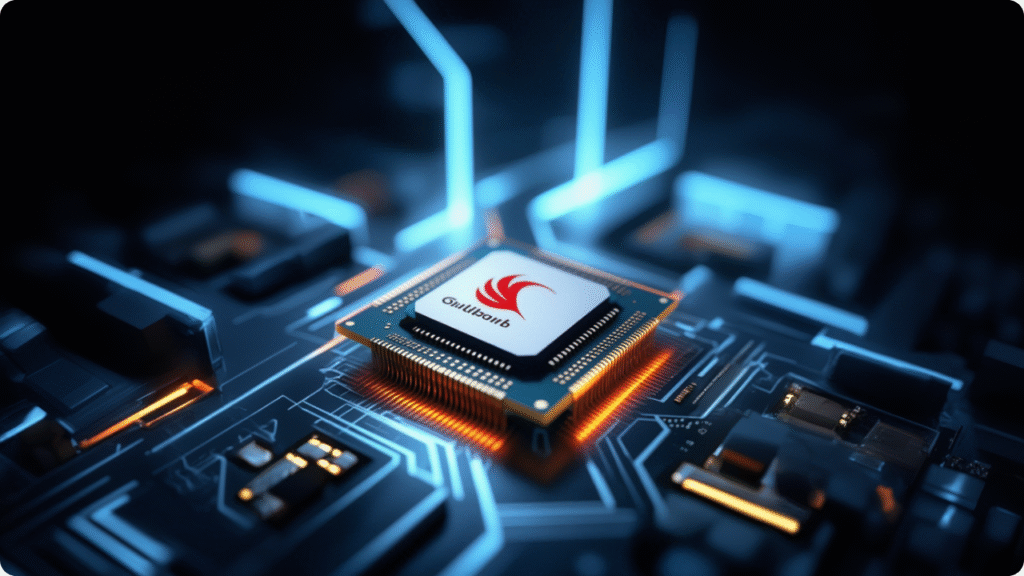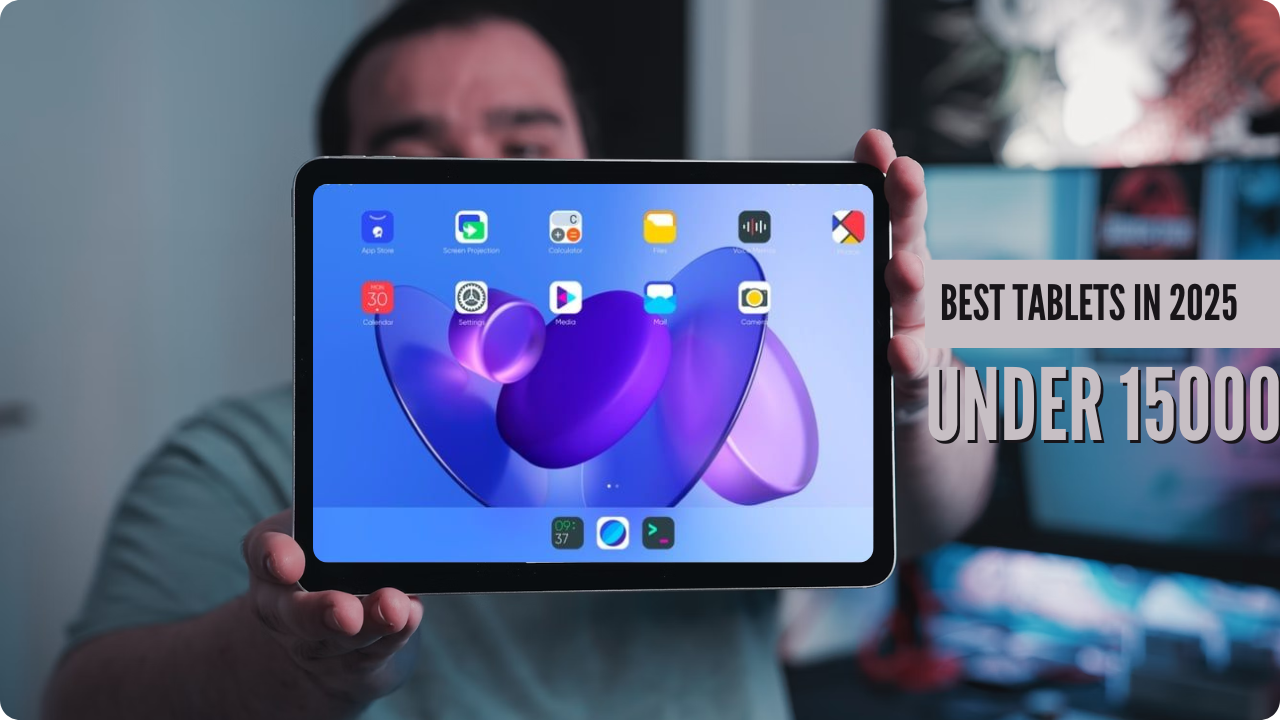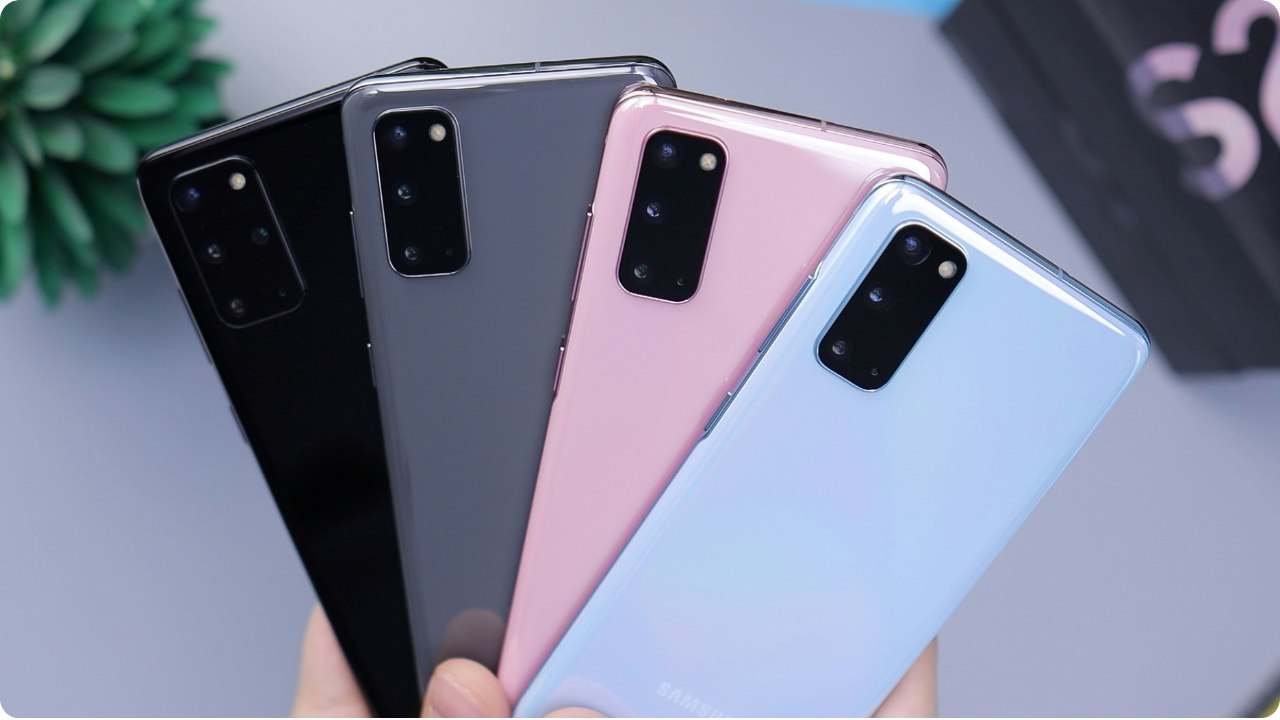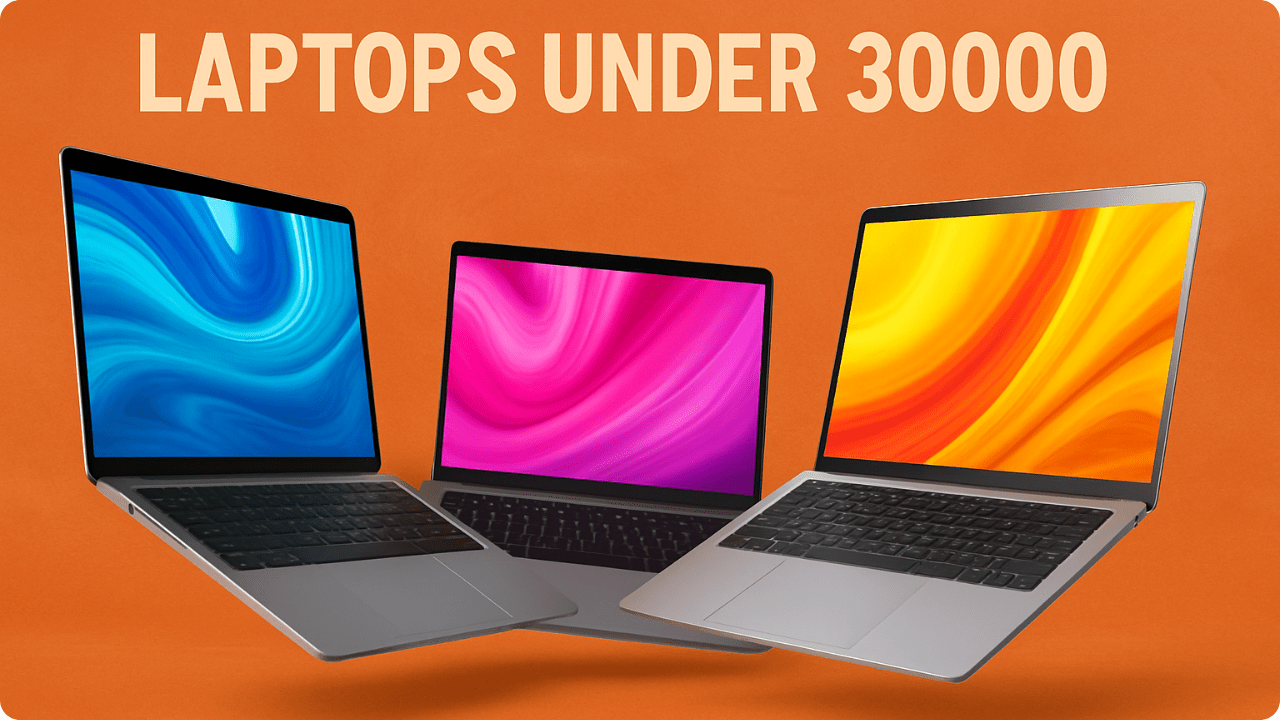
Why the Right Processor Matters
When buying a new smartphone, the processor is the heart of your
device—powering your apps, camera, games, and battery life. But with complicated
technical terms, how do you know what matters? Understanding processor
components, their real-world impact, and matching them to your needs is key for a
value-for-money purchase. This guide breaks down essential hardware specs and
offers detailed, segment-wise comparisons for Snapdragon, MediaTek, and Exynos
chips in India for 2025.
Processor Components: What They Do and Why They Matter
Component | What It Is | Why It Matters |
CPU | Brain of phone, runs apps | More advanced CPUs = faster app loading & smoother experience |
GPU | Handles graphics, gaming/video | High-end GPUs = better gaming, stutter-free videos, AR/VR |
ISP | Camera engine | Advanced ISPs = clearer photos, better low light, AI imaging |
RAM/Storage support | Memory controller | Supports fast app-switching, snappy multitasking |
Fabrication | Process tech (nm) | Smaller nm = better battery, cooler device |
Modem | Controls network (4G/5G) | Better modems = faster downloads, futureproofed |
AI/NPU | AI engine for smart features | Powers voice, security & next-gen camera effects |
Budget-Segment-Wise Processor Picks (2025, India)
Budget (Up to ₹20,000)
Brand | Processor(s) | Component Highlights | AnTuTu Score | Key Use-Case |
Snapdragon | 6 Gen 4, 4s Gen 2 | 8-core, Adreno 610, 5G, 6nm | 370,000–440,0 00 | Everyday use, casual gaming, 5G |
MediaTek | Dimensity 7200, 7025, 6300 | 8-core, Mali-G68/52, advanced ISP, 5nm/8nm | 420,000–570,0 00 | Battery life, basic multitasking |
Exynos | 1330, 1380, 850 | 200MP ISP | 438,000–599, 000 | Camera-focus ed, efficient use |
Lower Mid-Range (₹20,000–₹40,000)
Brand | Processor(s) | Component Highlights | AnTuTu Score | Key Use-Case |
Snapdragon | 7s Gen 3, 7+ Gen 2 | 200MP ISP, Adreno 710/725, LPDDR5 | 670,000–1,124, 000 | Gaming, camera, multitasking |
MediaTek | Dimensity 7350, 7200 | 6nm, Mali-G610, 200MP, LPDDR5 | 570,000–700,0 00 | Battery-savvy, camera, multitasking |
Exynos | 1580, 1380 | Xclipse 540, up to 200MP ISP, LPDDR5 | 907,000–599,0 00 | Camera, multimedia, balanced use |
Upper Mid-Range (₹40,000–₹60,000)
Brand | Processor(s) | Component Highlights | AnTuTu Score | Key Use-Case |
Snapdragon | 7+ Gen 3 | Cortex-X2, Adreno 732, LPDDR5X | 1,409,000 | Gaming, pro-multitaski ng |
MediaTek | Dimensity 8300, 8200 | Xclipse 920/540/530, up to 200MP, LPDDR5X | 1,406,000–1,26 4,000 | Camera, battery efficiency |
Exynos | 2200, 1580 | 1,132,000 | High-end camera, multitasking |
Flagship (₹60,000–₹80,000)
Brand | Processor(s) | Component Highlights | AnTuTu Score | Key Use-Case |
Snapdragon | 8 Gen 3 | Oryon Prime, Adreno 750, UFS 4.0, 8K video | 2,052,000 | All-out gaming, pro-camera, AI |
MediaTek | Dimensity 9300+ | All-big core, Mali-G720 MP12, LPDDR5X | 2,111,000 | Gaming, multitask, battery |
Exynos | 2400, 2200 | 1,744,000 | Multimedia, camera, Samsung loyalist | Camera Enthusiast. |
Ultra-Flagship (>₹80,000)
Brand | Processor(s) | Component Highlights | AnTuTu Score | Key Use-Case |
Snapdragon | 8 Elite Gen 4 | Oryon, Adreno 830, 3nm, 8K/120fps, LPDDR5T | 2,745,000 | Ultimate gaming, multitask, camera |
MediaTek | Dimensity 9500, 9400+ | Immortalis-Dr age, 3nm, LPDDR5T | 3,500,000–2,6 01,000 | Battery, pro camera, gaming value |
Exynos | 2500, 2400 | Xclipse 950, 3nm, 200MP+, top AI | 2,213,000–1,74 4,000 | Pro camera, Samsung premium |
AnTuTu scores from 2025 benchmarks; may vary by device and RAM/storage.
Comparative Study: Choosing the Processor for Your
Priorities
Segment | Camera | Battery/Heat | Gaming | Multimedia | Multitasking |
Up to ₹20,000 | Exynos 1330 (438k) | Dimensity 6300 (420k | Snapdrago n 6 Gen 4 (390k) | Exynos 1380 (599k) | Dimensity 7200 (570k) |
₹20k–₹40k | Dimensity 7350 (630k) | SD 7+ Gen 2 (1,124k) | Exynos 1580 (907k) | SD 7+ Gen 2 (1,124k) | Exynos 2200 (1,132k) |
₹40k–₹60k | Dimensity 8300 (1,406k) | SD 7+ Gen 3 (1,409k) | Exynos 2200 (1,132k) | Dimensity 8300 (1,406k) | SD 8 Gen 3 (2,052k) |
₹60k–₹80k | Dimensity 9300+ (2,111k) | SD 8 Gen 3 (2,052k) | Dimensity 9300+ (2,111k) | Dimensity 9300+ (2,111k) | SD 8 Elite Gen 4 (2,745k) |
₹80k | Dimensity 9500 (3,500k) | SD 8 Elite Gen 4 (2,745k) | Dimensity 9500 (3,500k) | SD 8 Elite Gen 4 (2,745k) | SD 8 Elite Gen 4 (2,745k) |
Why These Processors Are Best for Each Priority
● Camera: Look for the highest ISP megapixel and advanced AI for photography
(Exynos shines below 40k, SD/Dimensity flagships shine above).
● Battery/Heat: MediaTek’s newest 3–7nm chips (7200, 9500, 8300) are market
leaders in efficiency and low heating.
● Gaming: Snapdragon 8/7+/Elite and Dimensity 9500/9300+—best GPUs,
highest AnTuTu, real-world FPS.
● Multimedia: Exynos and Dimensity dominate HDR/video support through
upper-mids; Snapdragon leads in flagship class.
● Multitasking: Latest LPDDR5/5X RAM, UFS 4.0, top AI managers (SD8,
Dimensity 9500) allow pro-level multi-app use.
Editor’s Pick
● Best Overall Flagship: Snapdragon 8 Elite Gen 4 (All segments: superlative for
gaming, imaging, and multitasking)
● Best Value Performer: MediaTek Dimensity 8300 (Upper-mids, excels in daily
tasks, battery, and gaming)
● Best Camera Focus: Exynos 1580/2200 (Samsung software integration,
powerful ISPs)
● Best Battery Saver: MediaTek Dimensity 9500 (Ultra-flagship, best thermal
and efficiency figures in 2025)
● Best for Budget: Exynos 1330 or Snapdragon 6 Gen 4 (Balance of camera and
all-day performance in budget)
Frequently Asked Questions
Q1. What is a good AnTuTu score for 2025 smartphones?
A: For smooth daily use, 600,000+ is great. For gaming, look for 1 million+, and 2
million+ for flagship/pro performance.
Q2. Should camera lovers choose Exynos or Snapdragon?
A: Under 40k, Exynos (1330/1580) provides superior ISP/camera processing; in
premium phones, go Snapdragon 8/Elite.
Q3. Does MediaTek overheat or lag?
A: Modern Dimensity chips (8300, 9500, 7200) have solved past heating/lag—now
leaders in battery and thermal control.
Q4. Why does RAM/storage type matter with the processor?
A: Latest RAM (LPDDR5X) and storage (UFS 4.0) with new-gen processors deliver
faster multitasking, less lag, and faster installs.
Q5. How does the "nm" process help users?
A: Smaller “nm” chips (3nm–6nm) are faster, more efficient, and keep your phone
cooler for longer use.
Conclusion
Choosing the right smartphone processor in 2025 means assessing real-world
needs against hardware specs and verified performance numbers like AnTuTu.
Understanding each processor’s strengths helps you get the absolute best for your
money—whether that means pro-quality photos, epic gaming, unbeatable battery,
or rock-solid everyday performance. Always prioritize the latest-gen processor
available in your segment, check the AnTuTu score, and match the hardware to
your personal mobile style!



![Top 10 Best Tablets Under 30000 in India with Stylus Support [Top 10 Picks – 2025]](https://techcrapture.com/wp-content/uploads/2025/08/best-tablet-under-30000.png)



